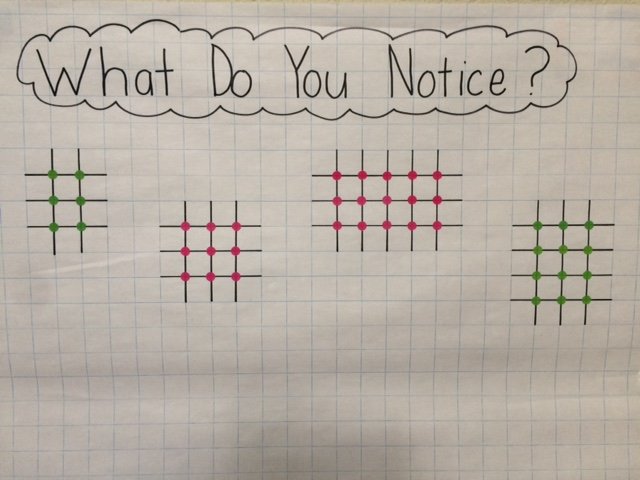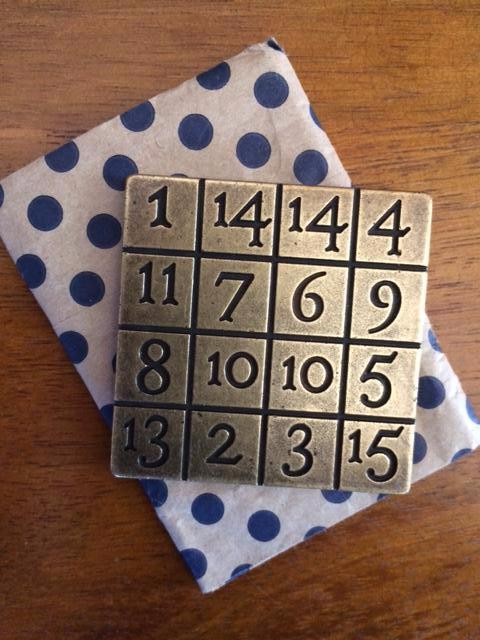Power Packs and Math Homework
Everyone loves to play games. They’re engaging, motivating, and fun. And from an educational perspective, they can be a powerful learning tool. Here’s what games can do:
- reinforce skills learned in the classroom
- develop mental math skills
- encourage strategic thinking
- foster mathematical communication
- build confidence
- engage parents
But one of the best things about games is that they offer meaningful practice in a way where kids actually want to do math. That’s because games, by their very nature, are fun. It’s not too hard to entice a child to play a game. And because of that, games offer important practice in a way that worksheets can’t.


